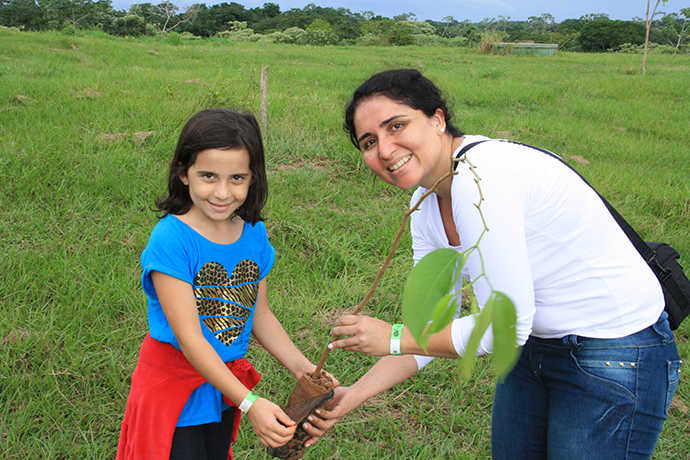An Overview Of Our Solution
- Population Impacted:
- Continent: South America
Organization type
Population impacted
Size of agricultural area
Production quantity
People employed
Describe your solution
Describe your implementation
External connections
What is the environmental or ecological challenge you are targeting with your solution?
Describe the context in which you are operating
The municipality of Itaquiraí, and the project, is located, is located in the Iguatemi Zone (ZIG) of the Economic and Ecological Zoning of Mato Grosso do Sul (ZEE / MS), in the extreme south of the State, bordering Parana State by Parana River. Twenty municipalities in the Zone, 350,000 inhabitants, total area of 30,000 km2. Biome of the Atlantic Forest with Various anthropomorphisms, leaving only fragments. The River Basin has high demand concentration for water usage, manly for irrigation and urban supply. The water resources within the region receive a large charge of Industrial effluents, the transport of sediments from erosion processes and agricultural pesticides. Livestock farming predominates with progressive implementation of industrial enterprises, such as sugar and alcohol mills. The EEZ recommends for the region the economic activities that observe the natural conditions and the regional historical tradition, that propitiate in its productive cycles the aggregation of processes that promote the recovery of parts of the Biome
How did you impact natural resource use and greenhouse gas emissions?
Social/Community
Water
Food Security/Nutrition
Economic/Sustainable Development
Climate
Sustainability
he project is a market-based solution with revenue coming from the selling of participation cotas to companies. Participating companies are usually interested on developing high impact CSR activities. Selling of shares allows the project to finance implementation and maintenance of activities at Porto Bonito Farm. The value of each share varies according with the company environmental impacts, and thus its demands of ecosystem services credits.
Return on investment
Entrant Image
Entrant Banner Image
